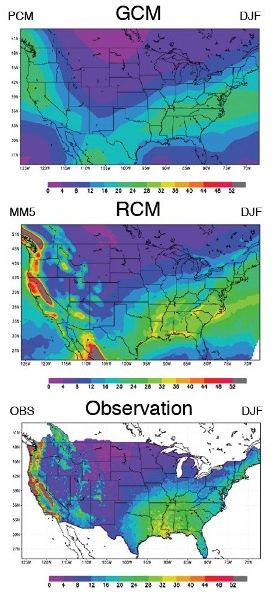In comparison to the rest of the planet, the atmosphere is a very thin layer of gas that envelops the whole planet. This skin-like layer is responsible for the liveable conditions that permit life to thrive and is one of the most important factors of the Climate System. What is Climate? Climate is the condition of the atmosphere over many years. It consists of long-term averages and extremes of atmospheric conditions, be it temperature, wind, precipitation, humidity, and other parameters. The Climate System is sensitive to various changes from the hydrosphere (oceans & water), biosphere (sum of all ecosystems), cryosphere (ice & snow) and geosphere (rock & soil) and because of this has had a long history of continuous change.
Before the industrial revolution, the Earth experienced a change in climate in a slow and gradual way, however, human-kind has expanded and advanced so much that we have started to influence the climate system significantly. This has resulted in several changes such as an increased average temperature in most parts of the worlds, sea level rise, changes in precipitation activity and increased presence of harmful gasses in urban areas. It is therefore important to observe and study the climate so that we may understand it better and be able to implement the knowledge in preserving this thin layer of our planet.
The climate is a complex system of interactions taking place within the atmosphere and at the boundary between the land/ocean surface and the atmosphere. Climate Models are computer models that simulate the climate of Earth in order to reproduce recent climate conditions and predict possible future changes. This is a hefty task to perform and normally, these models produce a large amount of output (several hundred Giga bytes) and computational power. These climate models normally simulate the climate of the whole planet with a resolution of about 300 km and these are called General Circulation Models or Global Climate Models (GCM). If one needs to study the climate at a higher resolution one would require a Regional Climate Model (RCM); these simulate the climate of one region on the planet at a time, and normally have a resolution of about 50 km (can reach up to 10 km). The results from these models however are not always very reliable, and many still require great deal of improvement.
It is imperative that the scientific community works together to improve our understanding of the Climate System and also improve the reliability of the climate models that we use.
